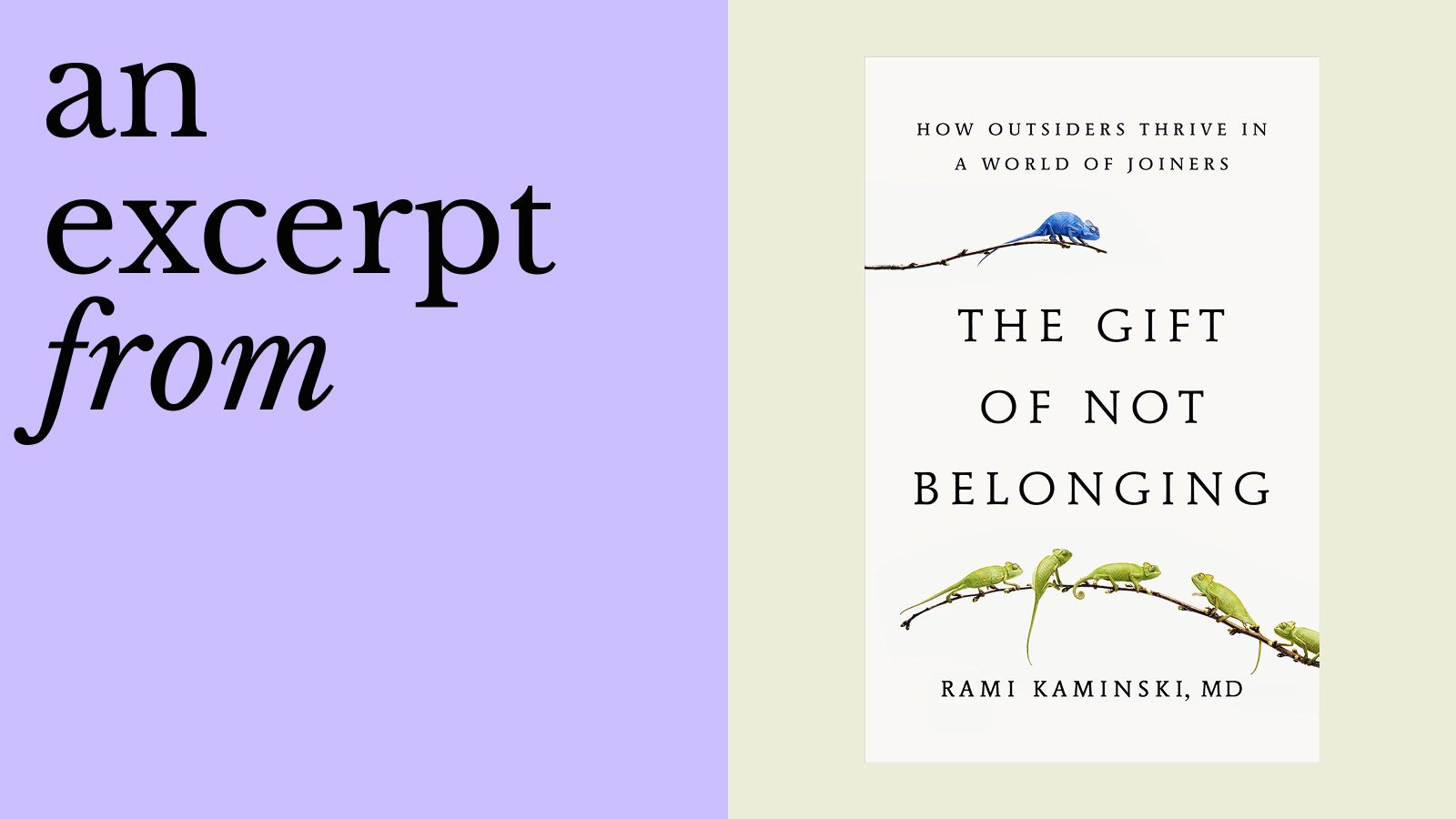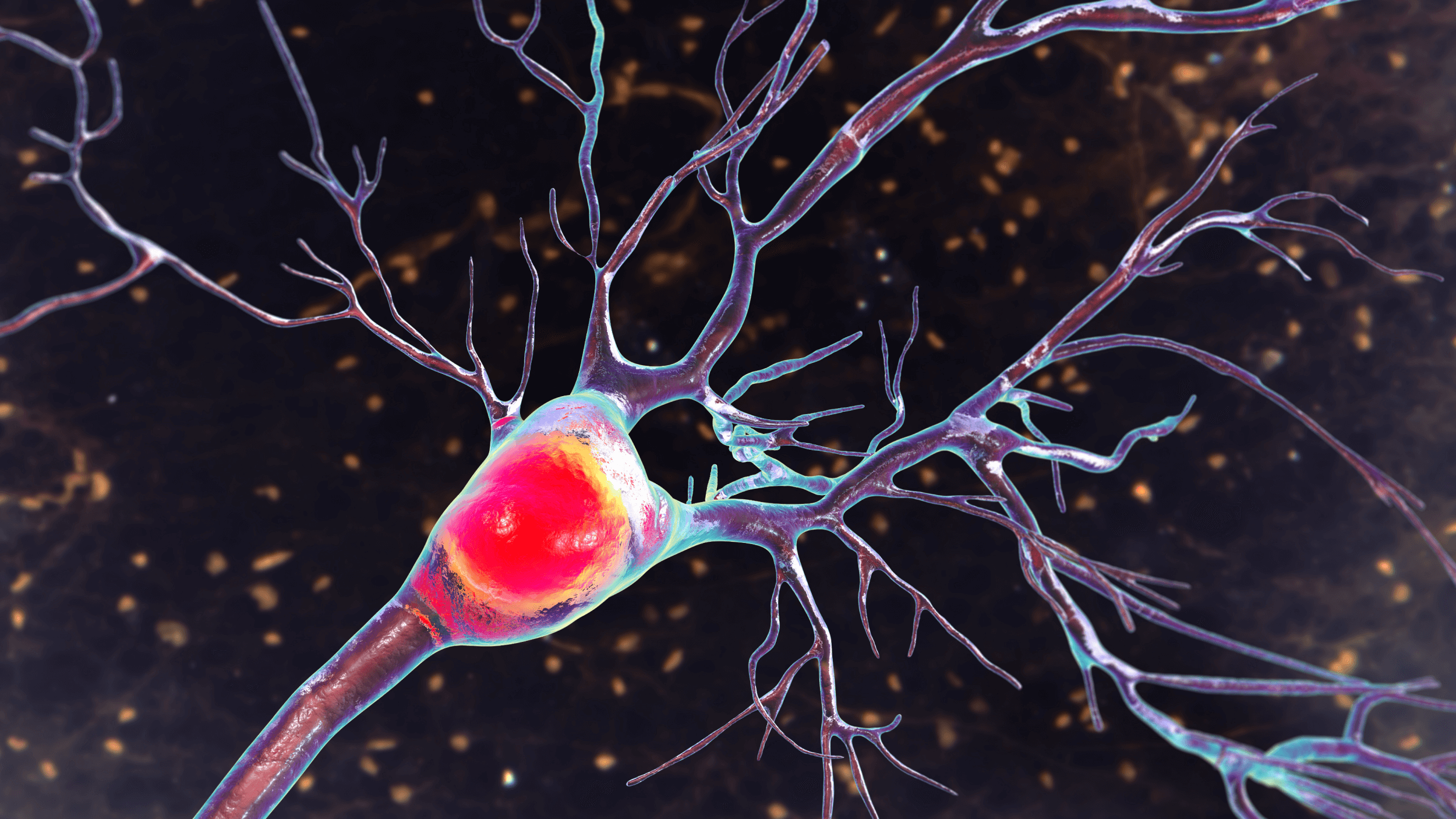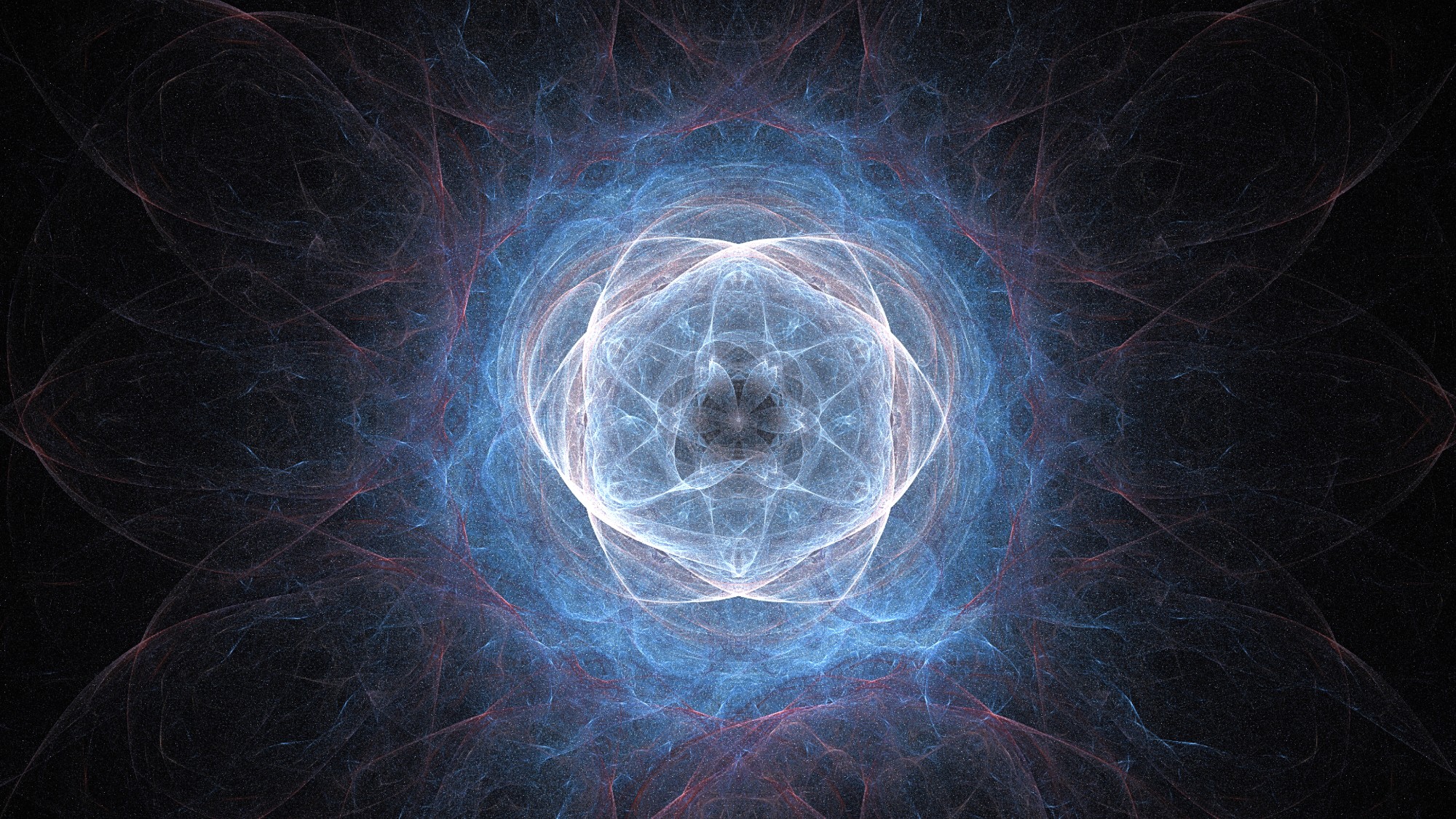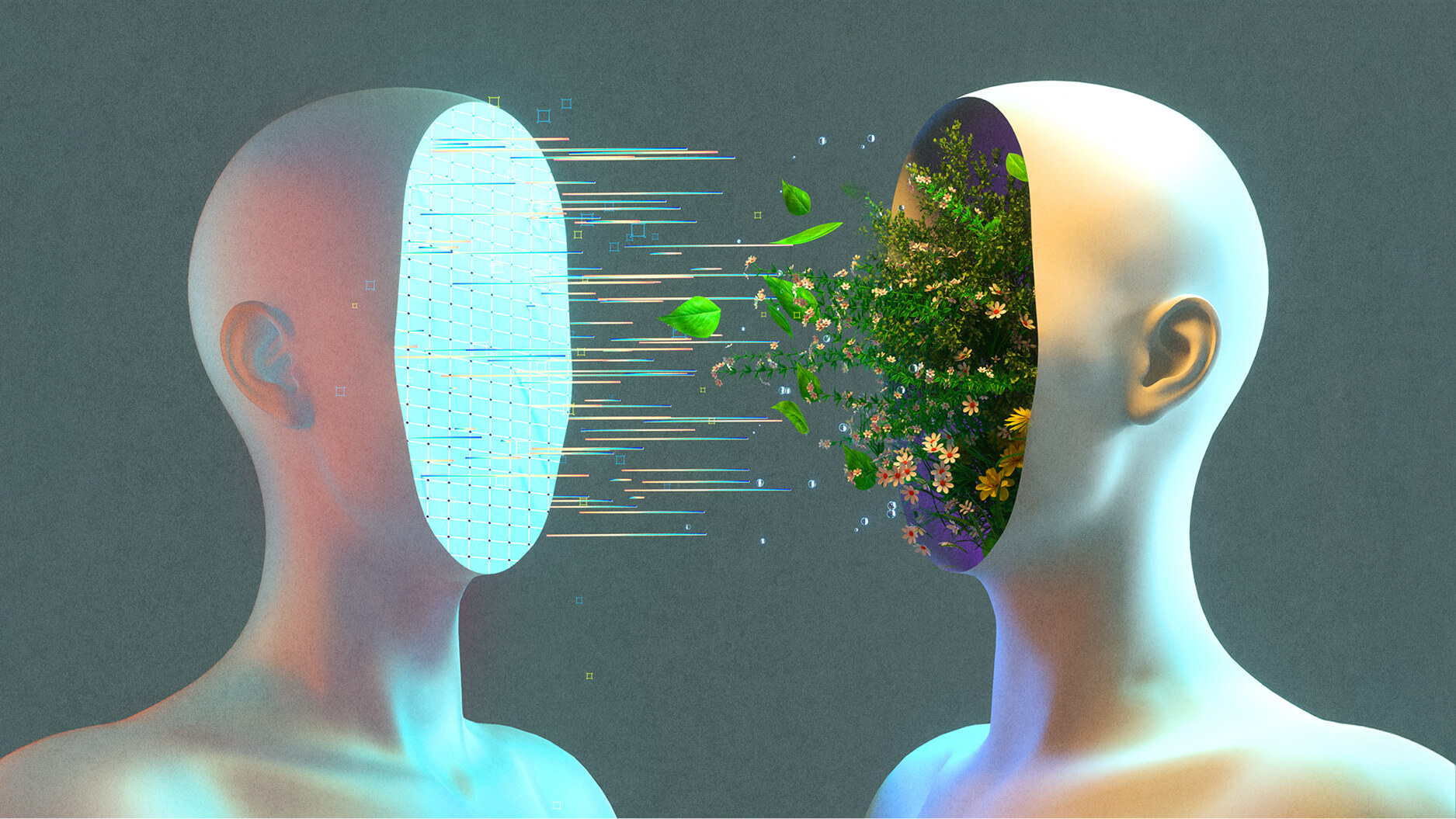Our perception of reality is not an exact representation of the objective truth but rather a combination of sensory inputs and the brain’s interpretation of these signals. This interpretation is influenced by past experiences and is often predictive, with the brain creating categories of similar instances to anticipate future events.
The brain’s categorization process extends beyond physical characteristics to include abstract, functional features. This ability allows humans to create “social reality,” where we collectively assign functions or meanings to objects or concepts that don’t inherently possess them, such as the value of money or the concept of borders and citizenship.
The brain’s capacity for imagination, drawing from past experiences to create something entirely new, is a double-edged sword. While it allows for creativity and innovation, it can also lead to difficulties in staying present.
Lisa Feldman Barrett: Sometimes people wanna say, "No, we definitely don't experience reality the way that it actually is." And some people wanna say, "Yes, we do." Philosophers have been arguing about this for like as long as philosophy has existed: The question of does your experience match reality, or are you really experiencing reality in its stark, objective truth? And the answer is simply: "Not exactly." Reality, for us, is what we can sense with our sensory surfaces, and what we can make sense of with the signals in our brain. The signals in our brain are as necessary for our experience of reality as the sensory signals that come from the world.
So, I'm gonna use a metaphor to describe how the brain works. It goes something like this: Your brain, my brain, everybody's brain, is trapped in its own dark, silent box called your skull. And the brain has no knowledge of what is going on around it in the world or in the body, right? Because it's in this skull, and it's receiving sensory signals from the sensory surfaces of your body. These signals are the outcomes of some changes in the world or in the body — but the brain doesn't know what the changes are, it's receiving the outcomes. And that is what philosophers and scientists call the 'Reverse inference problem.' You start with an outcome, and you have to guess at the cause.
For example, if you hear a loud bang, it could be a car backfiring, a door slamming, it could be a gunshot. Your brain doesn't know what the causes are, it only knows the effect, and so, it has to guess. And the guess is important, right? Because you would do different things if it's a gunshot versus if it's a windy day that slammed a door. And luckily, it has one other source of information, and that is your past experience. The really cool thing about this—if that wasn't cool enough—is that it's actually doing it predictively. Sometimes scientists talk about this as the brain running a model of the world, but the brain is not running a model of the world; the brain is running a model of its body, and it's doing it in this really interesting way.
In psychology, a group of instances which are similar is called a category. In essence, what your brain is doing, when it's making a prediction, it's creating a category of instances from the past which are similar in some way to the present, in order to predict what's going to happen next, what the brain has to do next, and what your experience will be next. And so, when a human brain is creating a category, you have to ask, "What features of similarity is it using?" Is it these sensory and motor features? An apple is round. An apple is hard and crunchy. Or is it these abstract features; abstract, multimodal summaries of patterns of features. I could take a bunch of apples and I could say, "Well, these are good for baking, and these are not good for baking." And these patterns, this summary, only exists in your brain.
Because our brains are structured to construct categories based on the function of things rather than what they look like, or taste like, or smell like, humans can create something called 'Social reality,' which is where we collectively impose a function on objects that the objects don't have by virtue of their physical nature. So, a really good example of this is money: little pieces of paper. We all agree that these little piece of paper have a function of value. And it turns out that many things that we think of as being part of reality are actually like this. We can draw lines in the sand and create the borders of countries, which creates categories of people called immigrants and citizens. We can create governments because we all agree that certain actions like making little tick marks has a meaning to elect someone into a position that has certain powers: it's a form of social reality.
In our lab, we work on the hypothesis that many psychological categories are forms of social reality. We impose a meaning on a scowling face that it did not evolve to have, but because we all agree that it has that meaning or that function in a particular culture, then it does. To say that your brain resides in a dark, silent box doesn't mean that you are trapped in that box. Your brain has this wonderful capacity to take bits and pieces of past experience and create something completely new that you've never experienced before. We call it imagination. That's a double-edged sword, right? Because our brains are so good at imagining and creating predictions that are not yoked to our immediate surroundings, sometimes we have a lot of trouble staying in the present. You have to practice your ability to control how much you wanna be constrained by what's going on outside that box- and how much you wanna be free of it.






